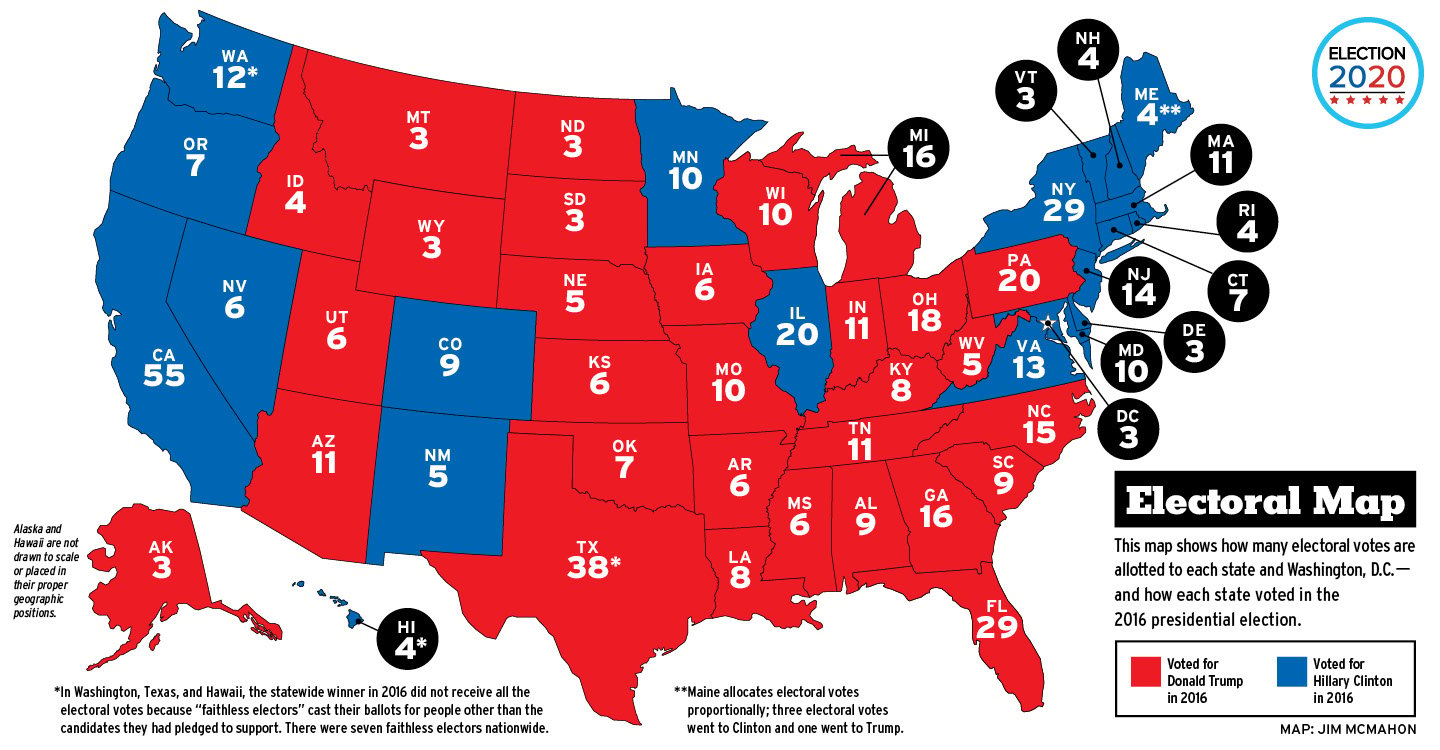It may sound like a school, but it’s not. It’s a group of 538 people from all 50 states and Washington, D.C., called electors. According to the Constitution, they are officially responsible for electing the president and vice president.
It may sound like a school, but it’s not. It’s a group of 538 people called electors. They come from all 50 states and Washington, D.C. According to the Constitution, they are officially responsible for electing the president and
vice president.

